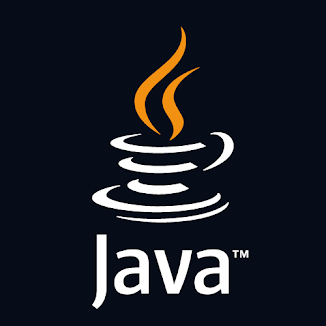JAVA
What is JAVA
Java is a programming language and computing
platform that was first released by Sun Microsystems (now owned by Oracle) in
1995. It is a class-based, object-oriented language that is designed to have as
few implementation dependencies as possible. This means that Java programs can
run on any platform (Windows, Mac, Linux, etc.) as long as a Java Virtual
Machine (JVM) is installed.
Java is used for a wide range of
applications, including developing standalone software, mobile applications,
web applications, enterprise applications, and games. Java is also commonly
used in scientific computing, financial applications, and big data
technologies.
One of the key features of Java is its
automatic memory management, which helps to prevent memory leaks and other
related issues. Java also has built-in support for multi-threading, which
allows for the concurrent execution of multiple threads of execution, making it
well-suited for developing high-performance, multi-threaded applications.
Java also has a large and active developer
community, which has created a wide range of libraries, frameworks, and tools
to support Java development.
In summary, Java is a powerful, versatile,
and platform-independent programming language that is widely used for
developing a variety of applications, from small, simple programs to large,
complex enterprise systems.
Example of JAVA
Here is an example of a simple Java program
that prints "Hello, world!" to the console:
In
this example, “HelloWorld” is the name of the class. The “main” method is the
entry point of the program, and it contains the code that is executed when the
program is run. The “println” method is used to print a line of text to the
console.
You
can run this program by saving it to a file with the name “HelloWorld.java”,
then opening a command prompt and navigating to the folder where the file is located,
then typing “javac HelloWorld.java” and press enter, this will create a .class
file, then type “java HelloWorld” and press enter to execute the program.
It
should output "Hello, world!" to the console.
Advantages of the JAVA Programming
- Platform independence: Java code can run on multiple platforms, such as Windows, Mac, and Linux, without the need for any modification.
- Object-oriented: Java is an object-oriented programming language, which allows for the creation of modular and reusable code.
- Robust: Java has strong memory management and exception-handling features, making it more robust and less prone to errors.
- Multi-threaded: Java allows for the concurrent execution of multiple threads, making it well-suited for developing multi-threaded applications.
- Large community: Java has a large and active community, which means there are many resources and libraries available for developers to use.
- Widely used: Java is widely used in enterprise applications, mobile app development, web development and games development, etc.
- Well-documented: Java has a large amount of documentation available, making it easy for developers to learn and use.
- Performance: Java can be slower than other programming languages, particularly when compared to languages like C or C++.
- Memory management: Java's automatic garbage collection can cause performance issues in some cases, particularly in large and complex applications.
- Verbose: Java's verbose syntax can make it more difficult to read and write code, especially for novice programmers.
- Limited low-level access: Java is not suitable for low-level programming tasks, such as writing device drivers or operating system components.
- Lack of templates: Java does not have templates like C++, which can make it less suitable for certain types of generic programming.
- Security: Java has had some security issues in the past, such as Java applets which could be exploited by malicious code to gain access to a user's system.
- Large memory footprint: Java programs require more memory than some other languages, which can be an issue on resource-constrained devices.



Comments
Post a Comment